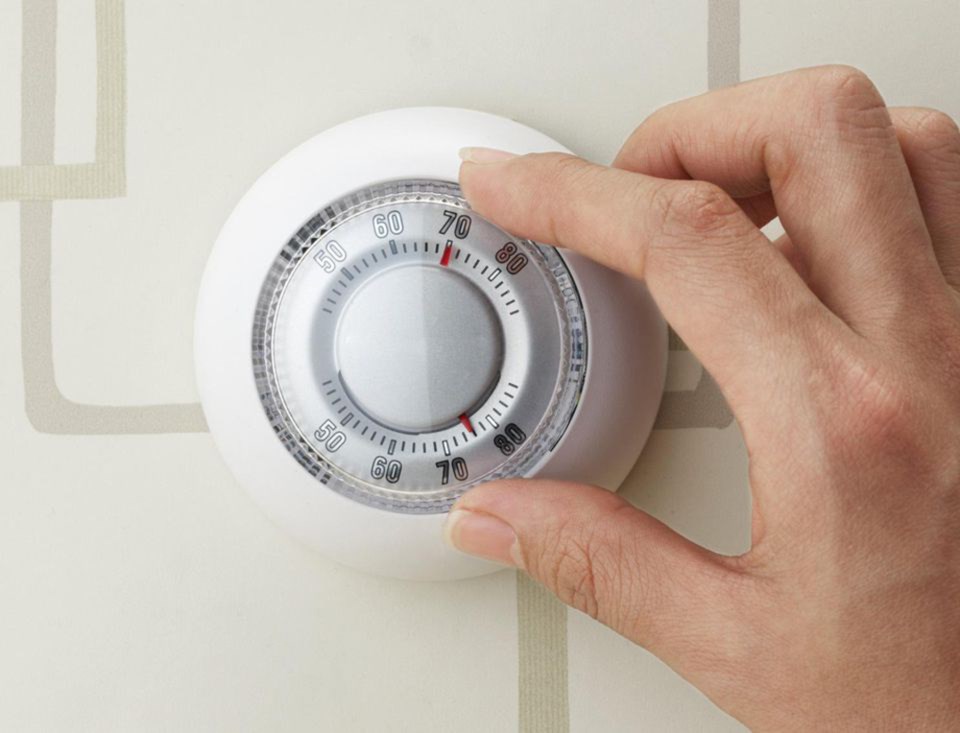Extreme winter cold was part of the reason for another power demand record broken, says Jordan Jackle with SaskPower.
“At 5:42 p.m. on December 29, 2017, the total system load reached 3,792 megawatts (MW),” says Jackle, a 45 MW increase over the last record set on Jan. 12, 2017 of 3,747 MW.
The Jan. 12, 2017 record was the second record high that month and “came after new records were hit twice already that month. Saskatchewan broke the summer record twice in July of 2017, and then again in August with a peak load of 3,470 MW.”
Record breaking power usage is nothing new with yearly records set. However, in recent years records are being broken multiple times a month.
SaskEnergy also reported all-time natural gas usage records broken during the Christmas season, said SaskEnergy in a press release.
The 24-hour period between 9:00 a.m. on Dec. 29 to 9:00 a.m. on Dec. 30 saw 1.5 PetaJoules (PJ) of natural gas being used, breaking the previous record set during the 2016/2017 winter of 1.3 PJ.
The average Saskatchewan home uses 102 GigaJoules of natural gas in a yearly period but extreme cold is causing an increase in use and higher customer volumes.
Jackle says that the early evening is the time when most records are broken with people returning home from work, plugging in vehicles, and starting to make supper.
With the demand in usage and the number of customer on the rise, Jackle says SaskPower is investing a billion dollars a year in updating and growing their infrastructure.
“There is an increasing demand for power in this province. We are planning and acting on that.”
SaskEnergy also says that they are experiencing a growing consumer base, especially in the industrial customers and power plants.
“SaskEnergy’s system is designed around this increased growth, ensuring additional capacity so that even on peak record days, the system is able to provide more natural gas than required,” said the press release.
Jackle says they are also recommending ways in which customers can save money by being conscientious of their usage.
Especially this time of year, some power saving tips include turning down the thermostat when no one is home. With many modern thermostats, degree changes are programmable.
“If you drop it a degree or two or whatever you’re comfortable with during the day and having it climb later in the day, it could save you a good amount of money,” says Jackle.
A quarter of residential power bills goes towards cooling and heating so drops in temperature can mean savings throughout the year.
In cold months when vehicles need to be plugged in, vehicles only need about four hours of plug in time to keep it running during the winter months. Having the vehicle on a timer can mean savings of about $25 a year, says Jackle.
With less daylight means more hours where we need lighting in our homes. Lighting less and lighting smarter can mean less money going towards lighting with energy efficient LED bulbs available, say Jackle.




